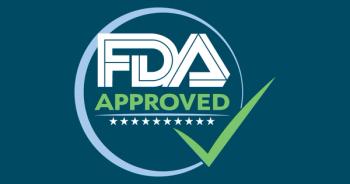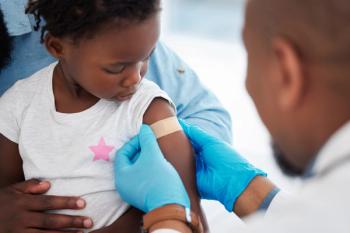
The evolving role of pediatrics in the 21st century: 12 roles for a pediatrician
As your specialty seeks to adapt to changing times, the issue is not whether pediatrics will rise to the occasion, but how. The author considers ways in which ingenuity and manpower can combine to meet the challenges ahead. Last of three parts.
Set standards for pediatric care The pediatrician is the best-trained health provider for caring for children and should set the standards for pediatric health care. Nonpediatrician providers should be educated and trained in accordance with these standards. This implies a vigorous continuing medical education (CME) effort, not to maintain all the skills learned by the end of the residency but to maintain, or newly learn, those skills required by the specific needs of the job. Although pediatric training programs have been excellent, the maintenance of the pediatrician as the standard bearer has sometimes been less than ideal.
The Education Task Force of FOPE II considered this issue and generated several observations and recommendations:
Provide primary care This role has two aspects that need to be addressed. First, all children should preferably receive primary care from a pediatrician or, if not possible, from a physician whom the family trusts and with whom they have an ongoing relationship. Use of midlevel providers should be monitored carefully so as not to interfere with this bonding relationship.
Newsletter
Access practical, evidence-based guidance to support better care for our youngest patients. Join our email list for the latest clinical updates.











